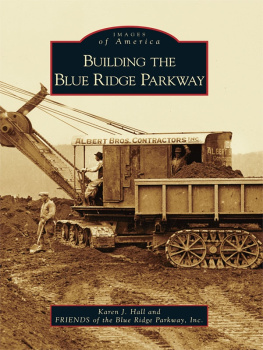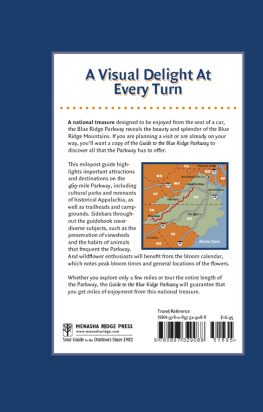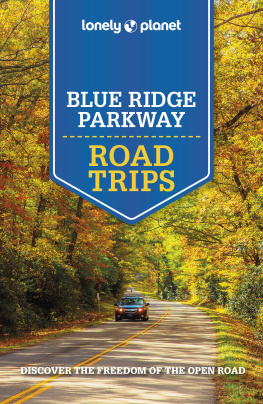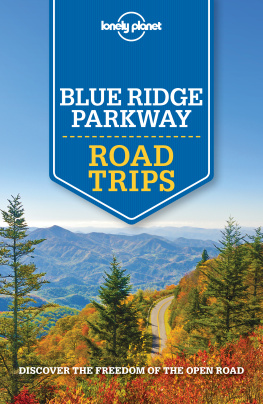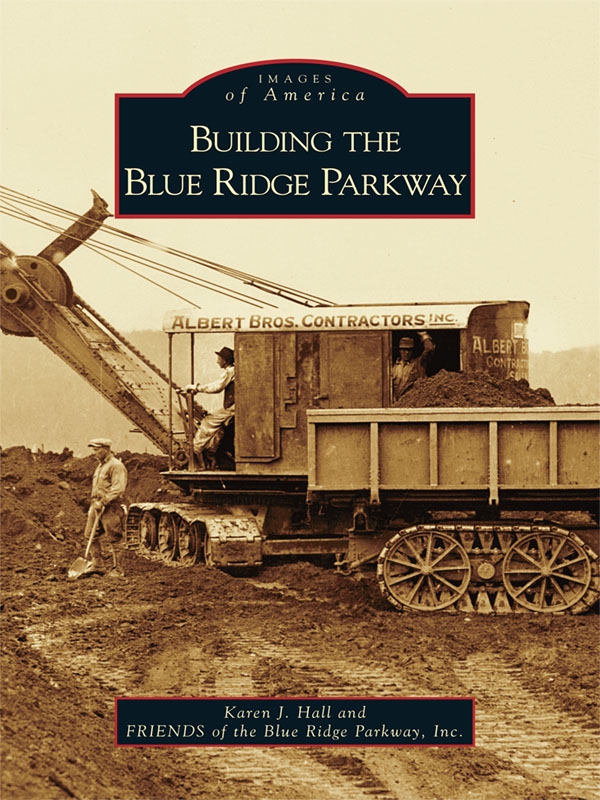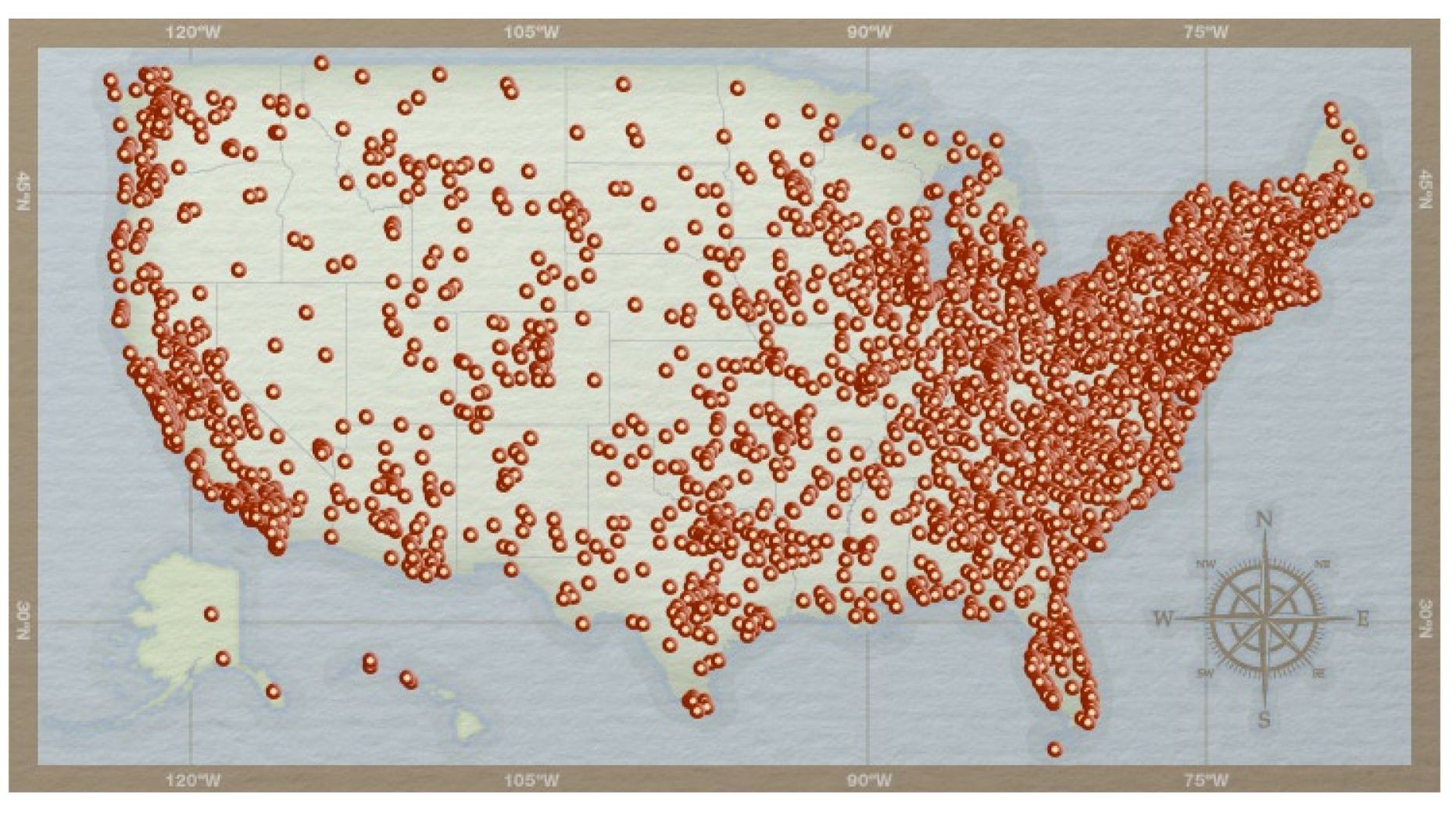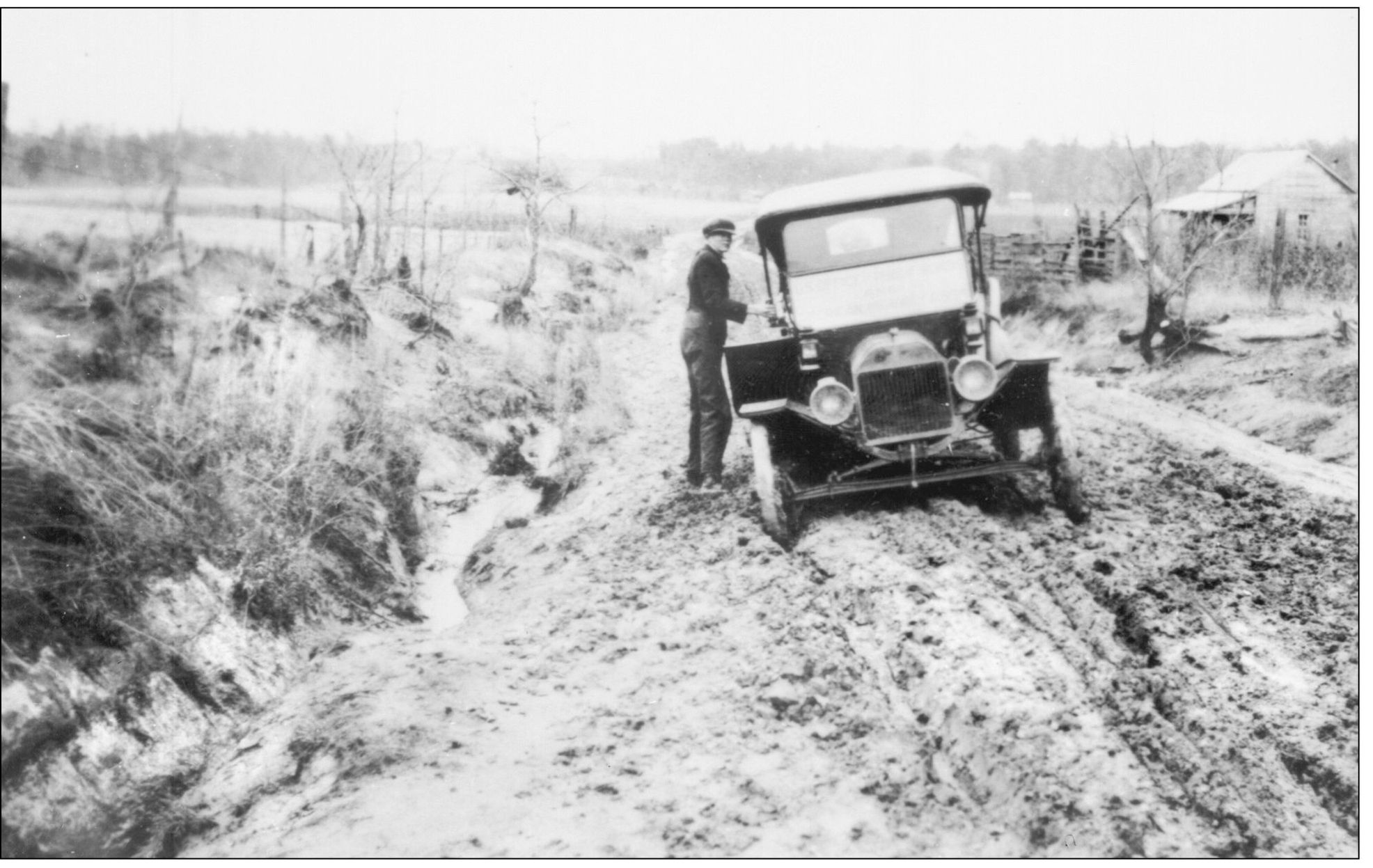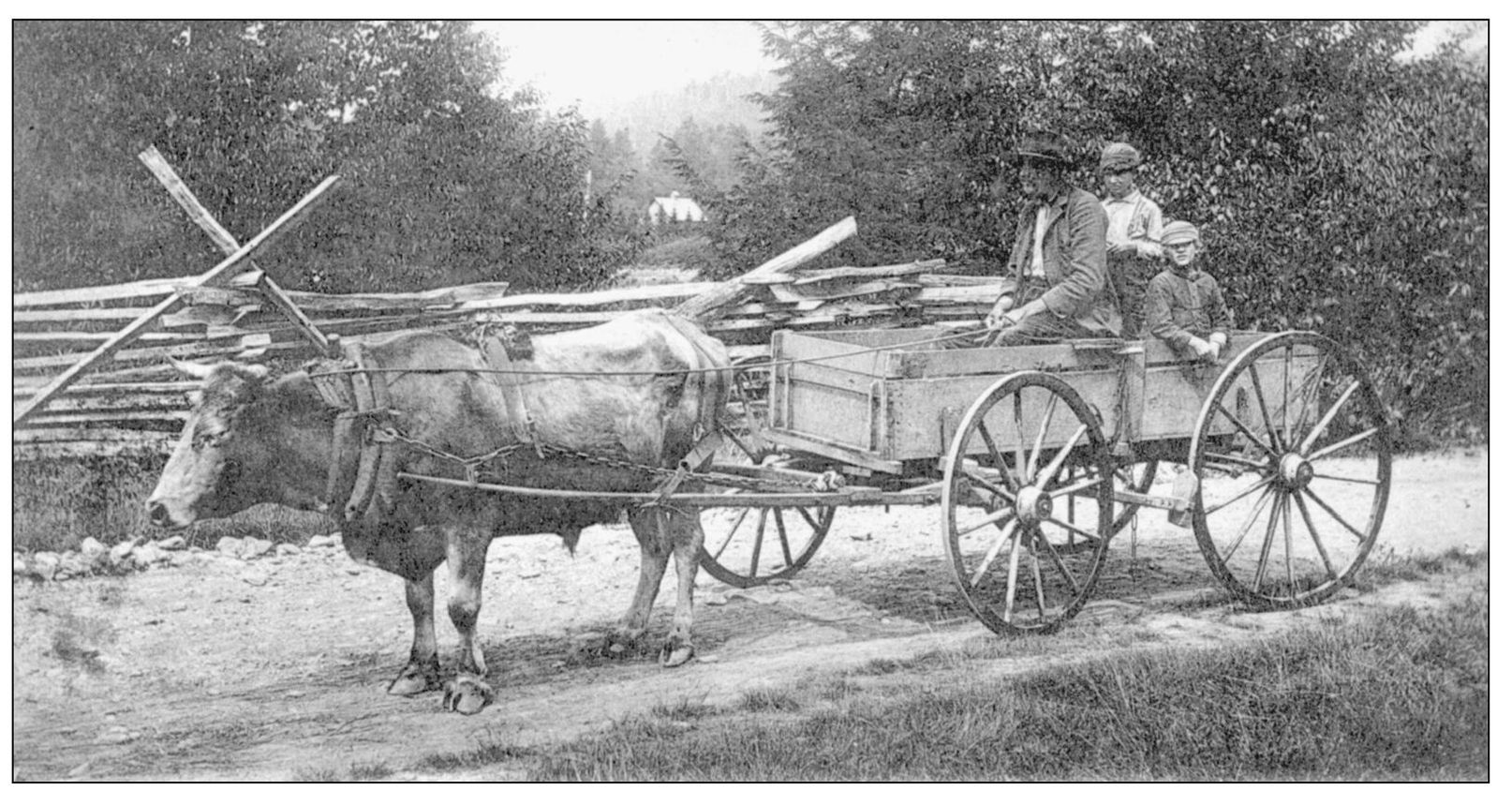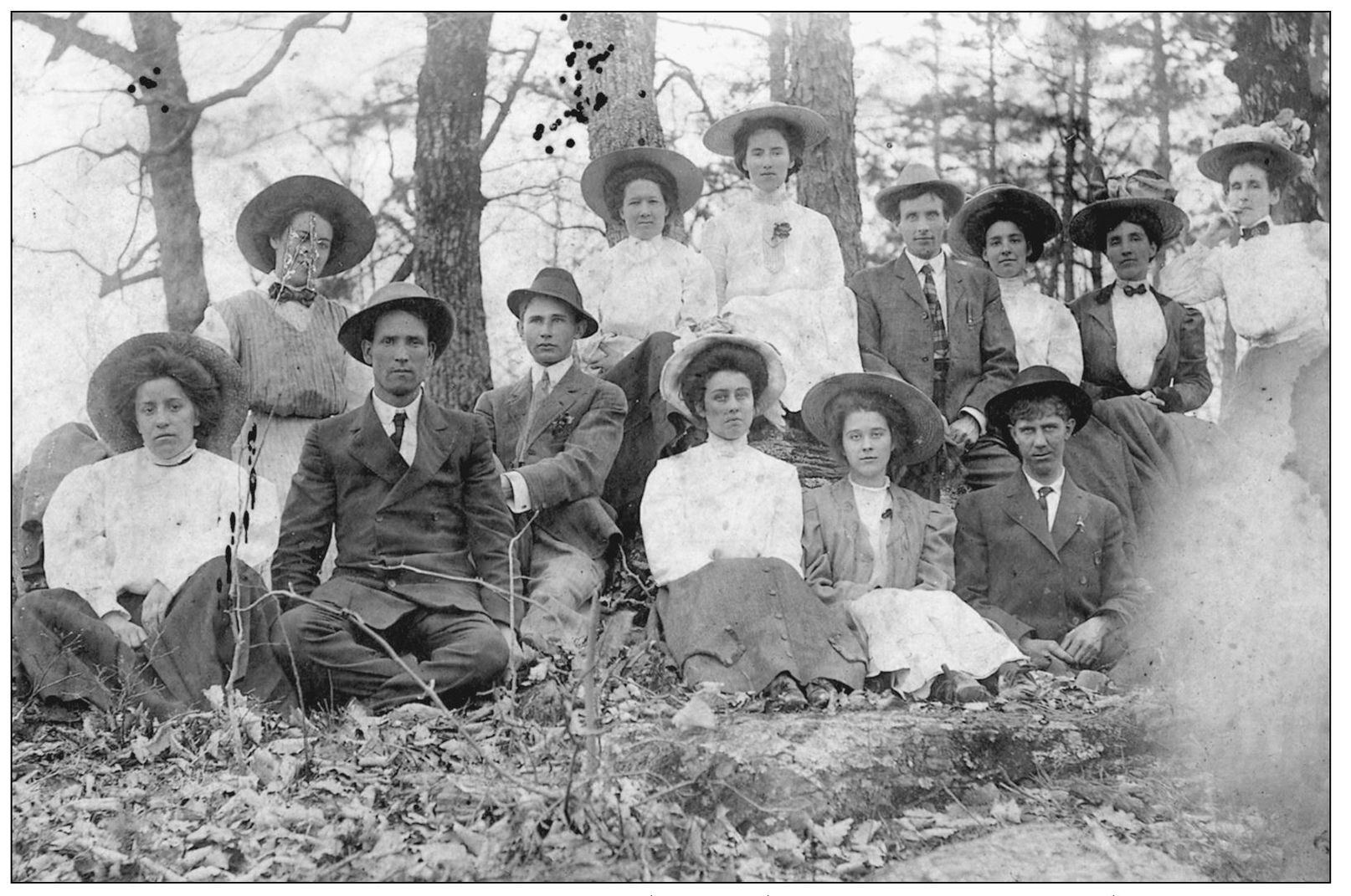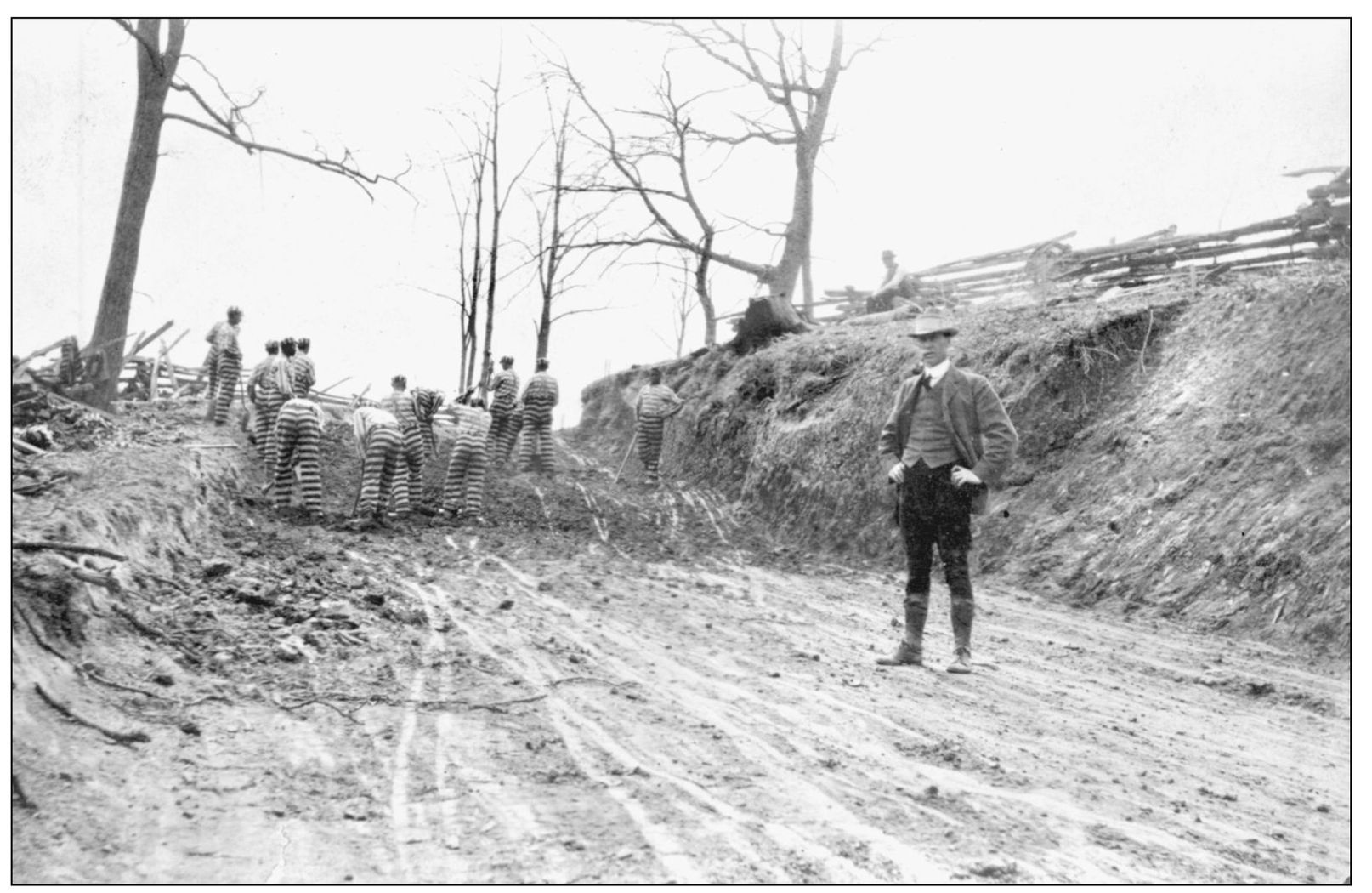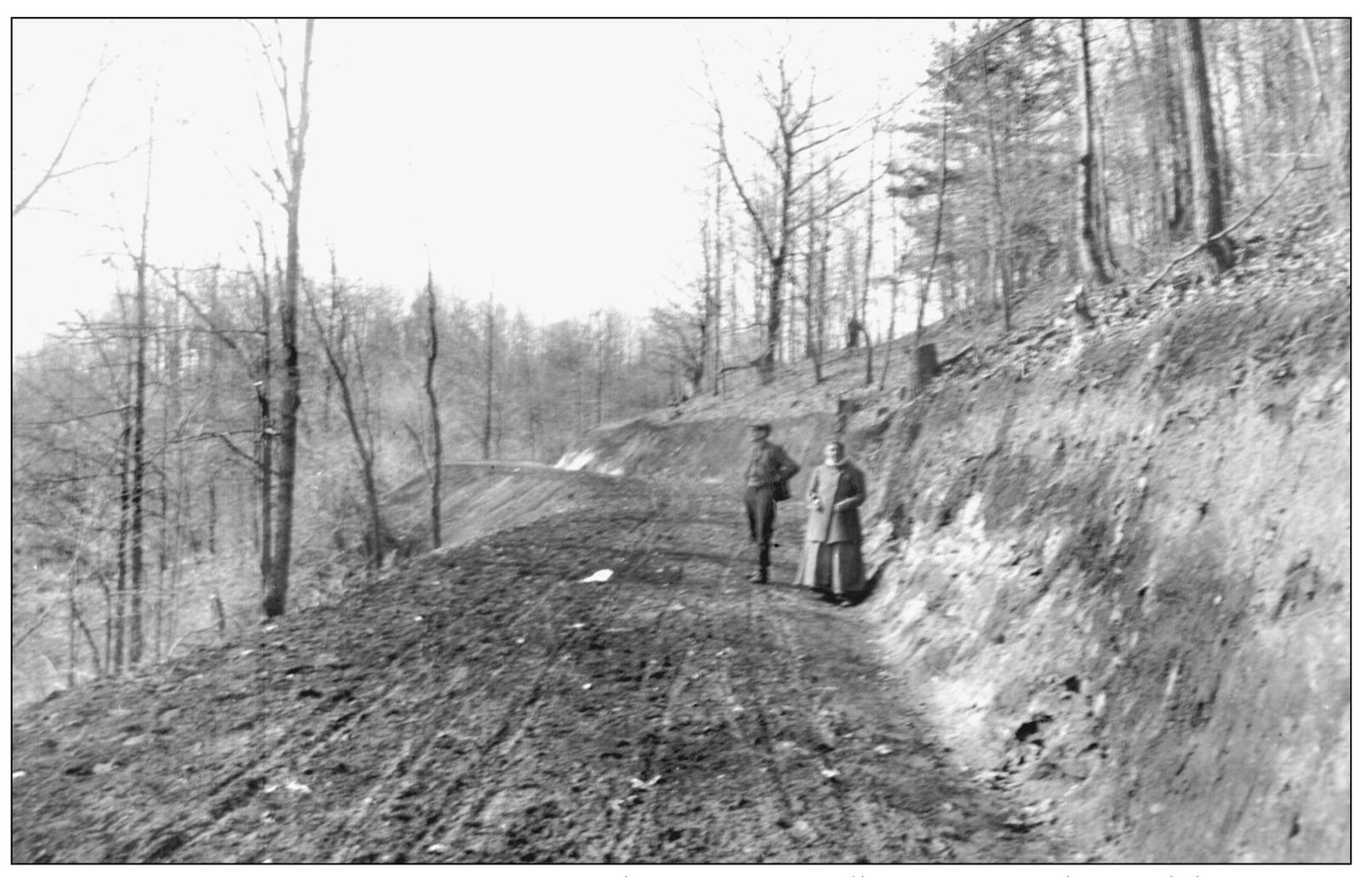One
BEFORE CONSTRUCTION
Protecting a beautiful view and creating economic growth was the initial goal behind the construction of Skyline Drive and Shenandoah National Park.
By 1700, nearly 68,000 inhabitants lived in the Blue Ridge Mountains of Virginia. First documentation of exploration materialized in 1716, when Gov. Alexander Spotswood traveled up the Rappahannock River. This area became officially recognized and land grants were issued encouraging Virginians to make this area their home.
Early American roads were nothing more than trails that had been widened for wagons. Very few had gravel. One of the most famous early roads was the Great Wagon Road. Hordes of early German and Scotch-Irish settlers used what became known as the Great Wagon Road to move from Pennsylvania southward through the Shenandoah Valley, through Virginia and the Carolinas, to Georgia, a distance of about 800 miles. The mountain ranges to the west of the valley are the Alleghenies, and the ones to the east constitute the Blue Ridge chain.
Once invented, the automobile changed the country. Clubs called auto clubs developed and began asking for roads into our national parks. The first park with roads was Yellowstone. Then came the request for the Blue Ridge Parkway.
This chapter contains photographs of mountain folk, farmland before it was acquired, early mountain roads, and Civilian Conservation Corps camps and enrollees.
The CCC boys did not construct the roadbed of the parkway, as you will see in chapter two; contractors did most of the roadbed work. They graded slopes and did most of the landscaping by planting thousands of trees and shrubs and acres of grass to landscape on both sides of the road. They built guardrails, guard walls, and overlooks.
EARLY ROAD IN 1909. Roads in the early 1900s were treacherous with deep ruts. Each road was maintained by hand, like this one in the Western Mountains of North Carolina. In 1908, Henry Ford introduced the first Model T, changing the way Americans dreamed of traveling forever. By 1916, the Federal Aid Road Act had been passed, funneling funds to states for road building. (North Carolina State Archives Photograph Collection.)
BURKE COUNTY OX AND CART IN 1906. Transportation for farmers consisted of oxen in the 1800s and early 1900s. They are powerful animals and could pull heavy loads, even in the mud. This photograph shows a Burke County, North Carolina, farm family heading to town in their family wagon, pulled by a team of oxen. (North Carolina State Archives Photograph Collection.)
BOONE PICNIC IN THE EARLY 1900S. Traveling to the mountains for a Sunday picnic was a tradition long before the construction of the Blue Ridge Parkway. This photograph shows a group of young people that have hiked up to the top of one of the high peaks in Boone, North Carolina. (Courtesy of Historical Boone.)
CHAIN GANG IN 1930. This photograph, taken in the early 1900s, shows a chain gang doing road maintenance. Chain gangs performed menial tasks like chipping rocks for roadbeds. It is doubtful that any chain gangs worked on the construction of the Blue Ridge Parkway. By 1955, chain gangs were phased out in the United States. (North Carolina State Archives Photograph Collection.)
OLD MOUNTAIN ROAD IN 1913. This 1913 photograph of an automobile turning the curve was taken on the road in the Blue Ridge Mountains. Mr. Pratts road was surveyed and constructed near Linville, North Carolina. (North Carolina State Archives Photograph Collection.)

